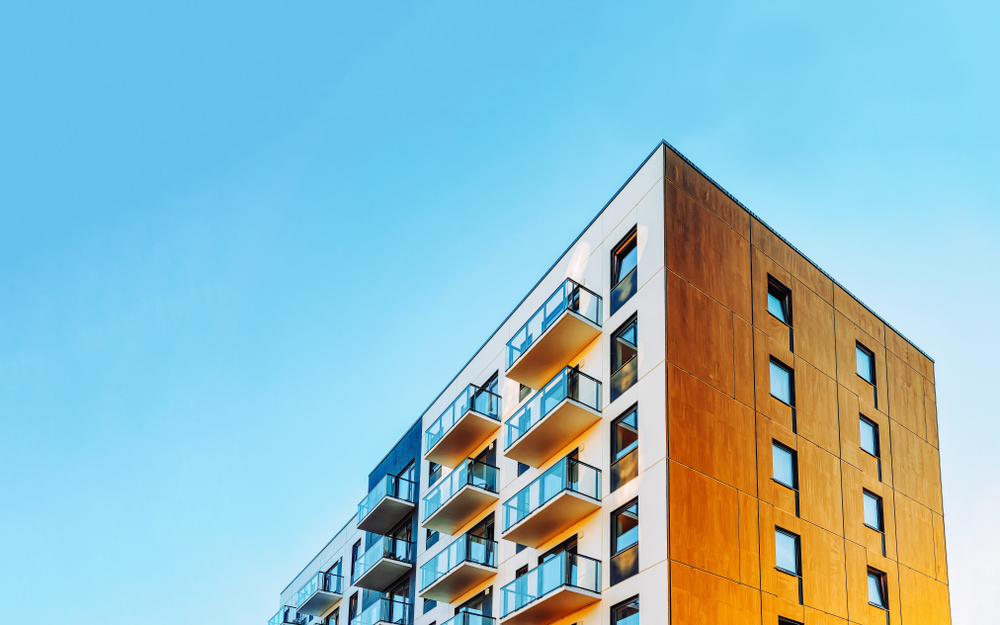When it comes to selling your house, the urge to address every potential flaw might be strong. However, only some issues require immediate attention, and some may not be worth fixing at all. According to reports drawn from the 2024 Buyer and Seller Insights Report, 23% of buyers purchased homes in conditions worse than expected, indicating that only some repairs are deal-breakers. In this guide, we’ll explore what not to fix when selling a house, providing you with a strategic approach that goes beyond conventional wisdom.
1. Cosmetic Flaws
- Cosmetic issues like minor scratches, outdated finishes, or a few cracked tiles can often be overlooked by buyers.
- Quick, affordable fixes, such as fresh paint or landscaping, can enhance your home’s appeal without major investments.
- Focus on presenting a clean, well-maintained appearance rather than undertaking extensive cosmetic makeovers.
2. Minor Electrical Issues:
- Address safety hazards like old wiring or exposed wires, but minor issues like loose outlet plugs may not require immediate attention.
- Inspection reports may overlook innocuous electrical problems, allowing you to prioritize essential fixes without unnecessary expenses.
3. Driveway or Walkway Cracks:
- Curb appeal matters, but hairline cracks in driveways or walkways are often deemed acceptable by buyers.
- Simple landscaping updates can contribute significantly to your home’s overall appeal without major investments.
4. Grandfathered-in Building Code Issues
- Homes built in compliance with past building codes are often considered “grandfathered-in” and may not need immediate updates.
- While inspectors note building code deviations, sellers are not obligated to bring the entire house up to current standards.
5. Partial Room Upgrades
- Incomplete upgrades or remodels may not add value and can even highlight deficiencies in the room.
- Consider doing the entire room or leaving it untouched, ensuring consistency throughout your home.
6. Removable Items
- Sometimes, removing worn or dated items can be more practical than replacing them.
- Certain items, once part of the house, may be better off removed than replaced, offering a quick and inexpensive solution.
7. Old Appliances
- While brand-new appliances can add value, replacing old appliances with used ones is a cost-effective alternative.
- Focus on functionality and appearance; if appliances are severely worn or mismatched, consider replacing them with used options.
Conclusion
Knowing what not to fix when selling your house is crucial for a strategic and cost-effective approach. By prioritizing essential repairs and strategically addressing cosmetic flaws, you can enhance your home’s appeal without unnecessary expenses. This guide aims to empower you to make informed decisions that not only meet buyer expectations but also contribute to a successful and stress-free home selling experience.
Ready to sell your house in New York without the hassle of extensive repairs? Our company specializes in buying houses for cash in NYC, regardless of their condition. Take the stress out of selling and get a fair, fast offer today. Contact us now to explore a convenient and efficient way to sell your home!






